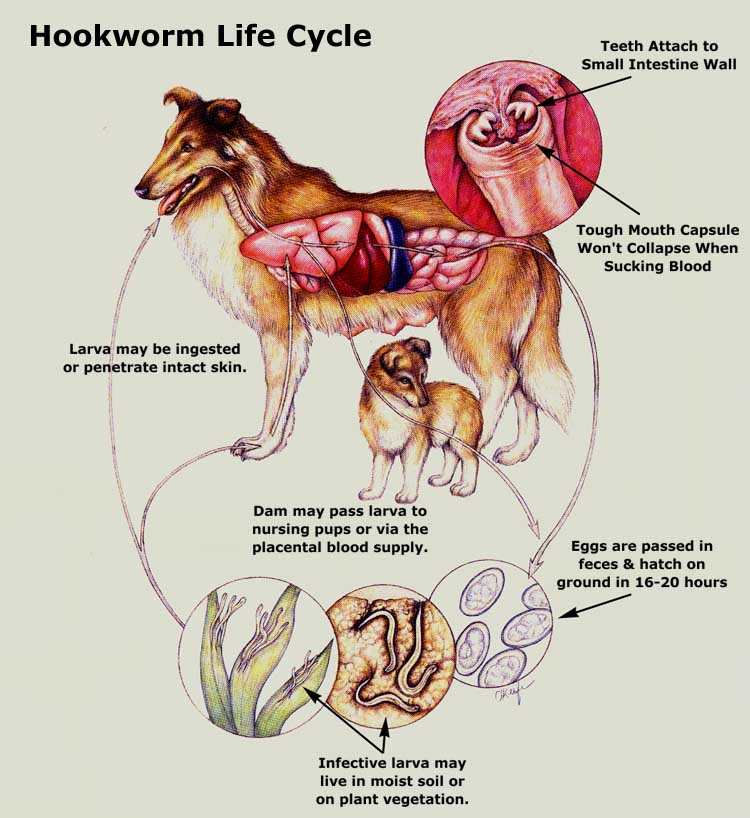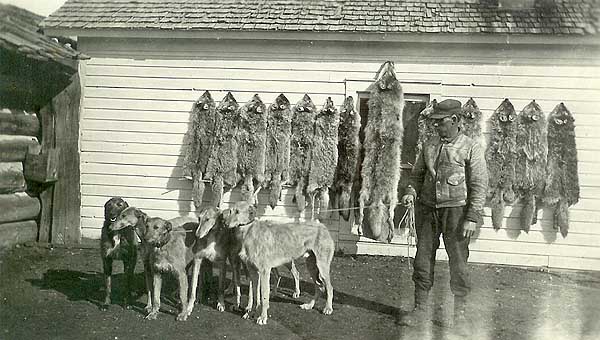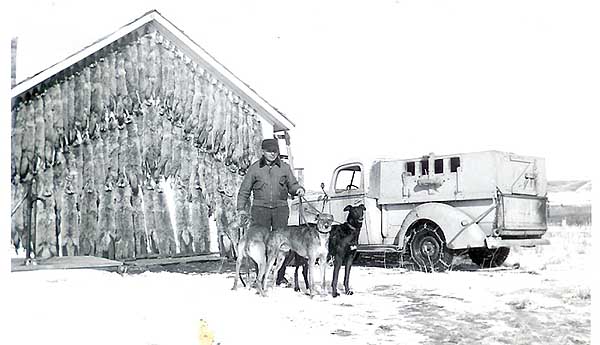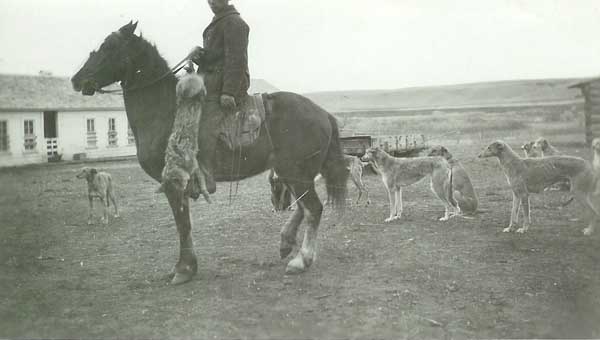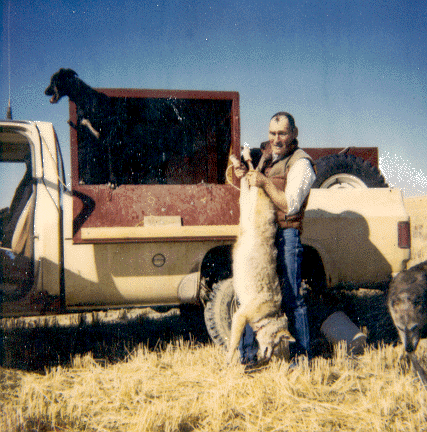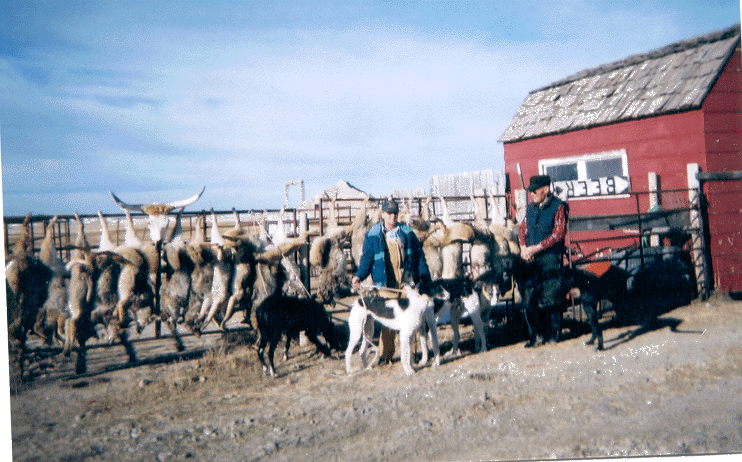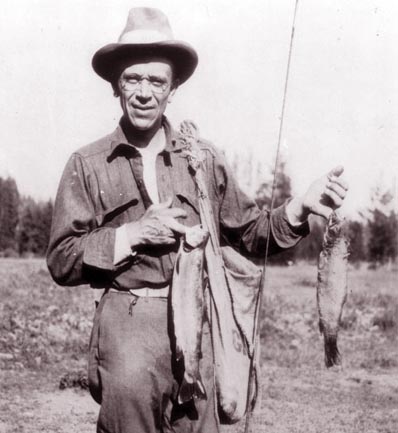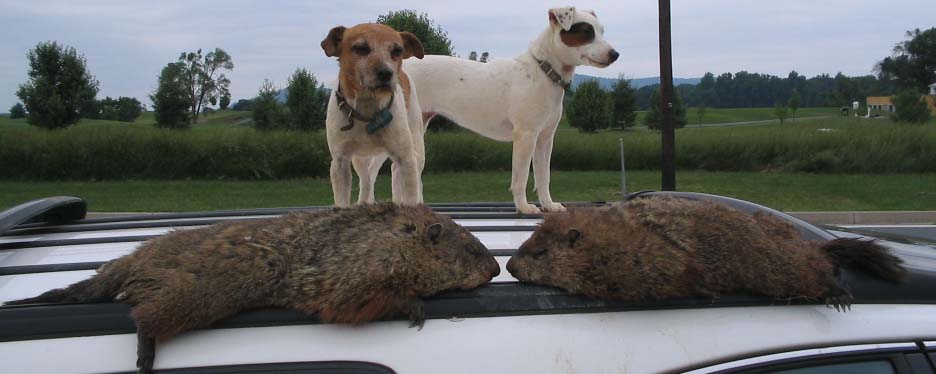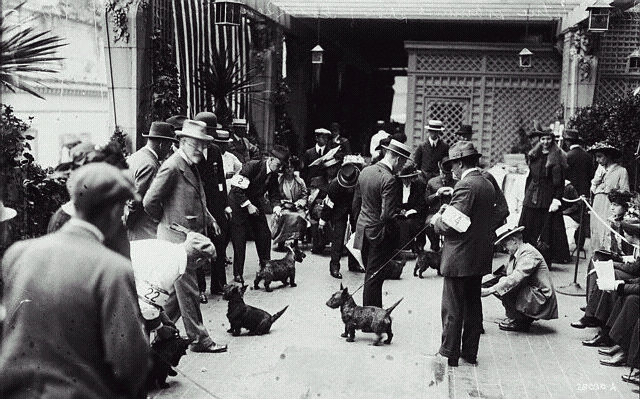 From the Op-Ed Page of The Los Angeles Times
From the Op-Ed Page of The Los Angeles TimesHigh gas prices can prompt political hysteria in the best of times, but when they soar during an election year, the fumes rising from candidate stump speeches can make a person sick. Of the three candidates and the president they're out to replace, only one is telling the truth about oil -- and he may suffer for his political courage.
Sen. John McCain (R-Ariz.) unveiled his nonsensical solution to $4-a-gallon gasoline two weeks ago when he proposed suspending the federal excise tax on gas during the peak-travel summer months.
Not to be outdone on the pandering front -- and no doubt after seeing poll results showing that high gas prices have topped Iraq among Americans' biggest concerns -- Sen. Hillary Rodham Clinton (D-N.Y.) seconded McCain's motion and spiced it up with a proposal to tax windfall profits of oil companies to make up for the lost gas-tax revenues.
McCain's gas-tax gimmick is about what one would expect from a Republican candidate, given that his party's shortsighted energy policies are partly to blame for the fix we're in today. Rather than supporting conservation measures, such as tougher vehicle fuel standards, the Republicans wasted years fighting a pointless battle to open the Arctic National Wildlife Refuge to oil drilling. President Bush continued to hammer on this tired theme Tuesday, as if unaware that it would take about a decade to extract a drop of oil from the refuge and that doing so would have a negligible effect on prices.
Sen. Barack Obama (D-Ill.) is refusing to play along with what he has called a gas-tax "scheme,” perhaps because he has learned from experience. When he was an Illinois state senator in 2000, he voted in favor of a six-month suspension of the state's sales tax on gasoline. A study later showed that the state lost $175 million in revenue, and consumers barely benefited -- gas prices simply rose to make up for the tax cut. Any economist could have predicted this: If you lower the price of gas without increasing the supply, it will only raise demand and thus boost prices.
A summer moratorium on the 18.4-cent federal gas tax would cost an estimated $9 billion -- money that is desperately needed to shore up the country's transportation infrastructure. McCain's assurance that he would divert tax revenue from other sources to make up the difference is not reassuring amid a ballooning federal deficit, and Clinton's plan to tax oil companies has been tried without success by congressional Democrats for years.
Clinton is now running commercials in Indiana, site of the next Democratic primary on Tuesday, attacking Obama for his policy on gasoline prices.
Never mind that there is almost no chance of getting her proposal through Congress before Memorial Day, even if it made sense.
Here's hoping the people of Indiana can see through this ploy.
.



